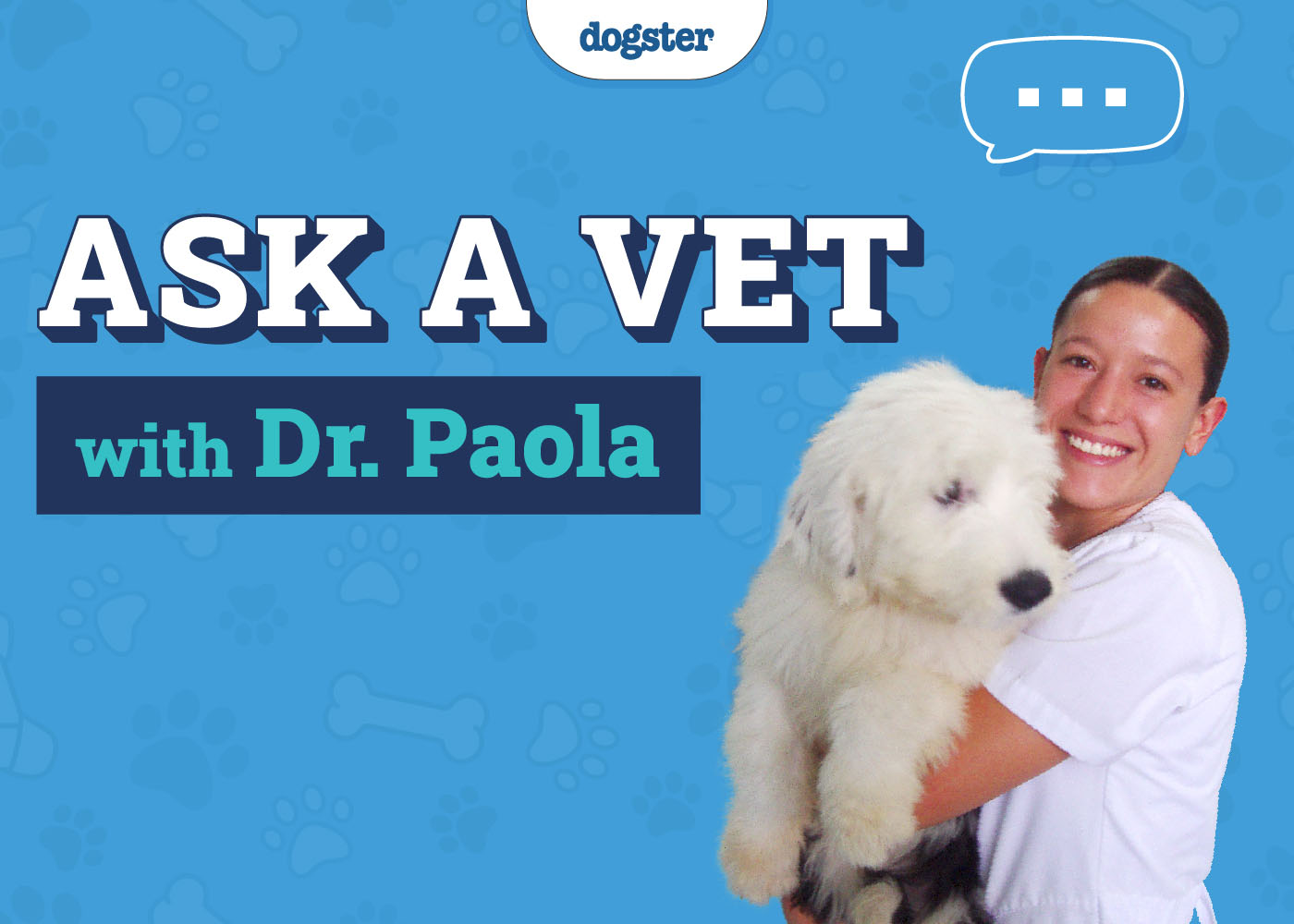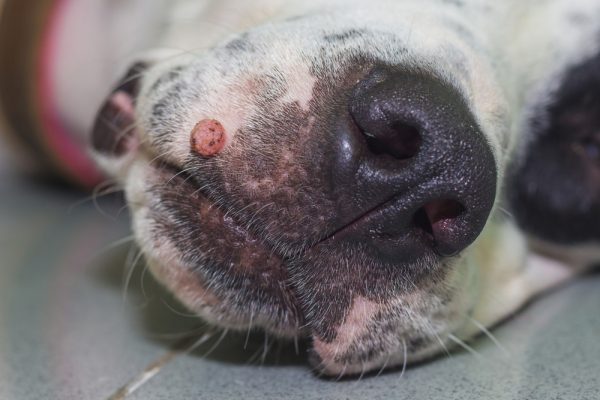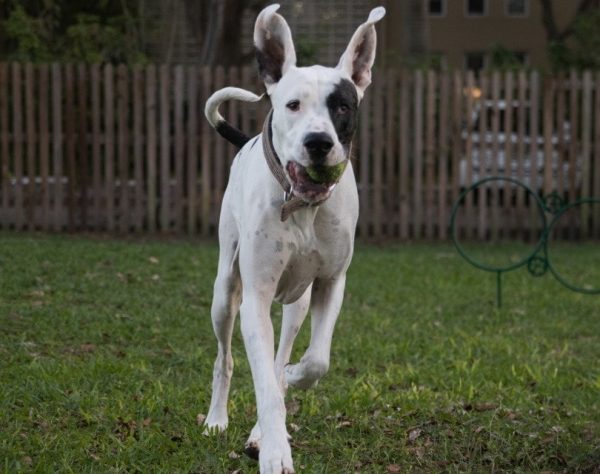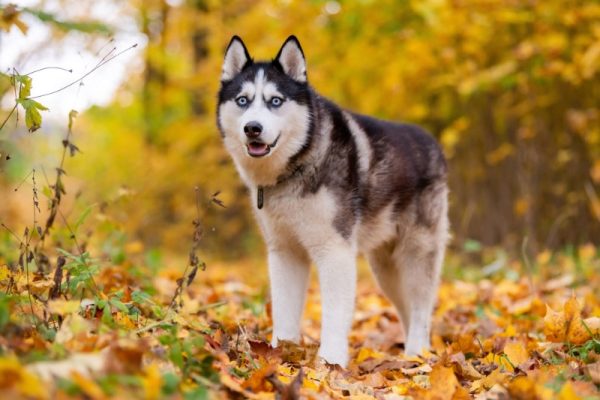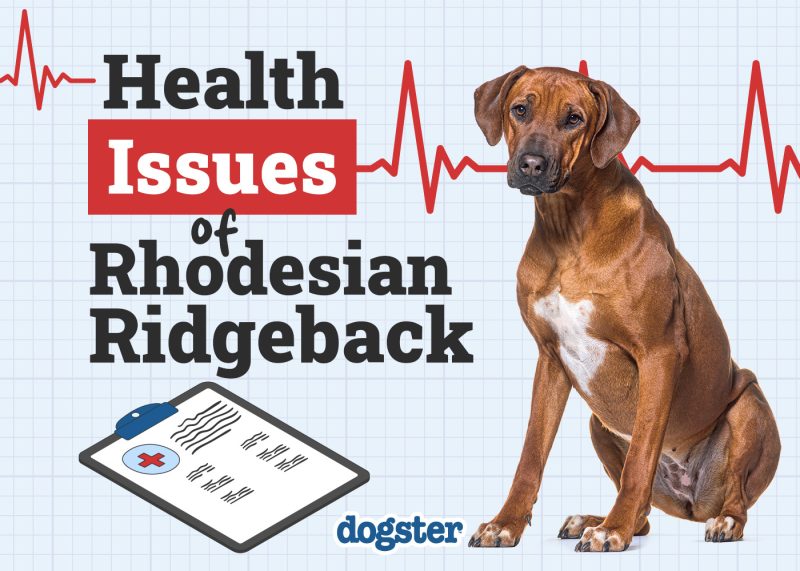Welcome to our “Ask Dr. Paola” series, where every Monday we bring expert advice straight from Dr. Paola Cuevas (MVZ) to help our readers better understand their dog’s health and well-being.
Whether you’re a new pet parent or a seasoned dog lover, Dr. Paola is here to provide answers to your most pressing questions. From nutrition tips and preventive care to troubleshooting common behavioral issues, Dr. Paola is ready to offer insights that will keep your furry friend happy and healthy. Stay tuned for expert guidance on a range of topics that matter most to you and your dog, so you can make informed decisions and provide the best possible care for your canine companion. Have a question? Send it in here!

Help! My Dog Has Mange!
“Dear Dr. Paola,
I have spent $600 on medicines and shampoos to treat my large dog’s mange. Why are none of them working? Her name is Abby. ” – Ashley
Dear Ashley,
I’m really sorry to hear that Abby is still struggling with mange despite all your efforts. When treatments aren’t working, especially after investing heavily in medications and shampoos, it usually means there’s either a misdiagnosis, an underlying condition interfering with healing, or the treatment protocol isn’t being applied consistently or thoroughly enough.
First, it’s important to confirm the exact type of mange Abby has. Demodectic mange, caused by Demodex mites, is often linked to a weakened immune system and can be particularly stubborn in adult dogs. On the other hand, sarcoptic mange, caused by Sarcoptes scabiei, is intensely itchy and highly contagious. Both require different treatment approaches, and a skin scraping examined under a microscope is essential to identify the mite type and assess the effectiveness of therapy. If this hasn’t been done recently, or if Abby’s condition has changed, it may be time to repeat it.
Secondly, treatment failure can also result from incomplete mite eradication, re-infestation from untreated environments or animals, or secondary infections that haven’t been addressed. Some medicated shampoos and topical treatments can soothe the skin but do little to eliminate mites. Systemic therapies like isoxazolines (e.g., fluralaner and afoxolaner) have been shown to work well on both types of mange in peer-reviewed studies, but they must be given in a full, uninterrupted schedule.
Since these medications require a prescription, you’ll need to consult your veterinarian, who can assess Abby’s overall health, confirm the mite diagnosis, and determine if these or alternative treatments are right for her. It’s essential to use these under veterinary guidance, especially given Abby’s ongoing challenges. If Abby is not responding despite using such products, a detailed re-evaluation is warranted. In some cases, resistant mites or concurrent health issues like hypothyroidism or allergies can interfere with recovery. A full diagnostic workup, ideally guided by a veterinary dermatologist, can reveal what might be missing.
Good luck!
Dr. Paola

If you want real time answers to your questions, you can talk to one of our veterinarians online. Click on the image or button below:


Help! I Would Like Ways to Support Respiratory Health!
“I run a website dedicated to the health and care of senior dogs. I would like to learn the best ways to support respiratory health in older dogs, especially those experiencing heavy breathing or snoring during sleep.
What medical advice and preventive measures can dog owners take to improve the breathing comfort of their senior pets? Are there specific foods or supplements you recommend to help enhance their respiratory system? Thank you very much for your valuable guidance!“ – Yassin
Hello Yassin,
Thank you for your questions and for the important work you’re doing to support senior dogs. As dogs age, their respiratory function can naturally decline due to changes in muscle tone, airway elasticity, and, in some cases, underlying conditions such as laryngeal paralysis, collapsing trachea, or even chronic bronchitis. Heavy breathing and snoring during sleep may indicate upper airway obstruction or reduced airflow, particularly in brachycephalic breeds, obese dogs, or those with unrecognized respiratory disease. It’s critical that any dog showing increased respiratory effort at rest be thoroughly evaluated to rule out serious causes such as cardiac disease or pulmonary compromise. Thoracic imaging and, in some cases, laryngoscopy may be needed to guide treatment.
From a preventive and supportive standpoint, maintaining a lean body condition is one of the most effective ways to support respiratory function. Excess weight increases the workload on both the lungs and the heart, and even mild obesity can contribute to airway narrowing and inflammation. Daily activity suited to the dog’s physical ability, combined with a balanced diet, supports healthy oxygen exchange and helps reduce inflammation. While there’s no specific food that directly “improves” lung function, diets rich in Omega-3 fatty acids, such as those found in fish oil, may help reduce airway inflammation in chronic respiratory conditions. However, supplementation should be tailored to the individual dog, taking into account interactions with any current medications and overall health status.
In some cases, antioxidants such as vitamin E and compounds like N-acetylcysteine, which help thin mucus and support cellular health in the lungs, may be beneficial. However, these should not be introduced without veterinary oversight, especially in senior dogs who may have concurrent conditions. A humidified environment can ease breathing, especially in dry climates, and using raised beds or neck support may help dogs rest more comfortably. If heavy breathing or snoring progresses or is accompanied by changes in gum color, fatigue, or coughing, a veterinarian should evaluate the dog promptly.
I hope this helps!
– Dr. Paola

Help! My Dog is Mopey!
“Dear Dr. Paola,
I feel like my dog Luca is always mopey, unless we’re out on a walk or playing outside, but I obviously can’t walk him 200 times a day. We spend about 1-1.5 hours outside together every day, and I always feel like it is never enough. What should I do? “– Mike
Hi Mike,
When a dog seems disengaged or low-energy indoors but lights up outdoors, it’s often a sign that their mental stimulation needs aren’t being fully met in the home environment. Walks and playtime are essential, of course, but many dogs, particularly those from working or sporting breeds, also crave a sense of purpose and mental challenge.
Enriching Luca’s indoor time with activities that mimic the complexity of the outside world can help. Puzzle feeders, scent games, short training sessions, and teaching him new cues or tricks can engage his brain and boost his emotional well-being. This type of stimulation taps into his natural problem-solving instincts and can be just as fulfilling as physical exercise. If you’re already providing solid physical activity, then increasing mental work is often the missing piece.
Unless there’s a sudden change in behavior, there’s no indication that Luca needs a medical workup, but if his demeanor shifts significantly or you notice any concerning physical signs, a consultation with your veterinarian would be important. In stable cases like this, our online telewellness service can help guide you through behavioral enrichment tailored to Luca’s specific breed and temperament.
We await you!
Dr.Paola
- View past week’s questions here: July 14, 2025
- See our full list of past articles here
- Click here to submit a question
- Get Dr. Paola’s weekly advice sent straight to your inbox. Sign up below!


